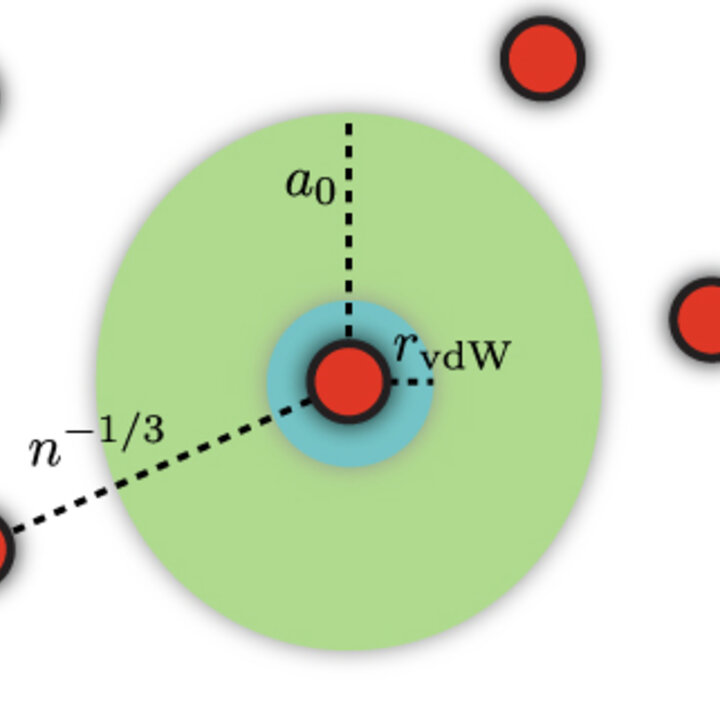Paul Koenraad researches nanostructures and impurities in III-V semiconductors. His has stretched from true atomic scale microscopy of semiconductor nanostructured materials to optical analysis of individual semiconductor nanostructures. The atomic scale microscopy activities have resulted in a much deeper understanding of various growth mechanisms to form semiconductor nanostructures, and the work is presently focusing on the realization of full 3D atomic scale visualization of nanostructures by Atom Probe Tomography.
The study of single impurities has unraveled new properties of semiconductor impurities and is increasingly focused on the control and manipulation of a single impurity. In the field of optical microscopy, physics of a single quantum dot tunnel-coupled to an electron reservoir has been unraveled. This work has led to many advances in optoelectronic devices and forms one of the cornerstones for the nanophotonics developments used in the research of quantum nanophotonics (see Quantum Nanophotonics).
Erik Bakkers has been involved in the development of nanomaterials for quantum applications involving Majorana fermions in collaboration with QUTech in Delft. His focus is on the development of nanowires and their incorporation in nanoscale devices, which exhibit unconventional quantum-physical effects. Such devices could in the future be used as building blocks for quantum computers, providing the complex nanowire networks required to do the actual logical computations with the majorana’s. Furthermore, making similar structures with materials that allow topological insulation could give rise to Majorana quasi-particle formation without an external magnetic field.
A future direction of this work could focus more on the aspects of quantum transport; i.e. the transport of quantum states through the intricate 2D networks formed by the nanowire devices.
Eugenio Cantatore has a strong expertise in the design and characterization of electronic circuits exploiting emerging technologies, especially with a focus on ultra-low power operation. His work has included the development of novel sensors for biomedical applications, as well as micro-electronics on flexible substrates. Extending this work towards quantum circuits employing quantum devices developed by Erik Bakkers could provide a strong basis for quantum transport studies.
Paul Koenraad researches nanostructures and impurities in III-V semiconductors. His has stretched from true atomic scale microscopy of semiconductor nanostructured materials to optical analysis of individual semiconductor nanostructures. The atomic scale microscopy activities have resulted in a much deeper understanding of various growth mechanisms to form semiconductor nanostructures, and the work is presently focusing on the realization of full 3D atomic scale visualization of nanostructures by Atom Probe Tomography.
The study of single impurities has unraveled new properties of semiconductor impurities and is increasingly focused on the control and manipulation of a single impurity. In the field of optical microscopy, physics of a single quantum dot tunnel-coupled to an electron reservoir has been unraveled. This work has led to many advances in optoelectronic devices and forms one of the cornerstones for the nanophotonics developments used in the research of quantum nanophotonics (see Quantum Nanophotonics).
Erik Bakkers has been involved in the development of nanomaterials for quantum applications involving Majorana fermions in collaboration with QUTech in Delft. His focus is on the development of nanowires and their incorporation in nanoscale devices, which exhibit unconventional quantum-physical effects. Such devices could in the future be used as building blocks for quantum computers, providing the complex nanowire networks required to do the actual logical computations with the majorana’s. Furthermore, making similar structures with materials that allow topological insulation could give rise to Majorana quasi-particle formation without an external magnetic field.
A future direction of this work could focus more on the aspects of quantum transport; i.e. the transport of quantum states through the intricate 2D networks formed by the nanowire devices.
Eugenio Cantatore has a strong expertise in the design and characterization of electronic circuits exploiting emerging technologies, especially with a focus on ultra-low power operation. His work has included the development of novel sensors for biomedical applications, as well as micro-electronics on flexible substrates. Extending this work towards quantum circuits employing quantum devices developed by Erik Bakkers could provide a strong basis for quantum transport studies.
